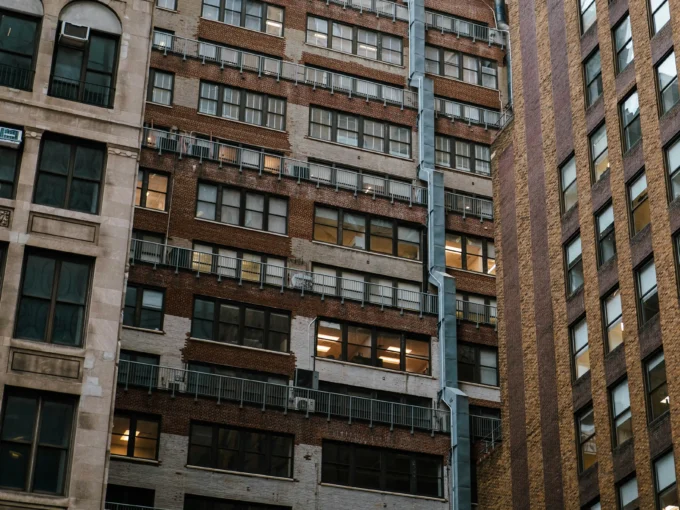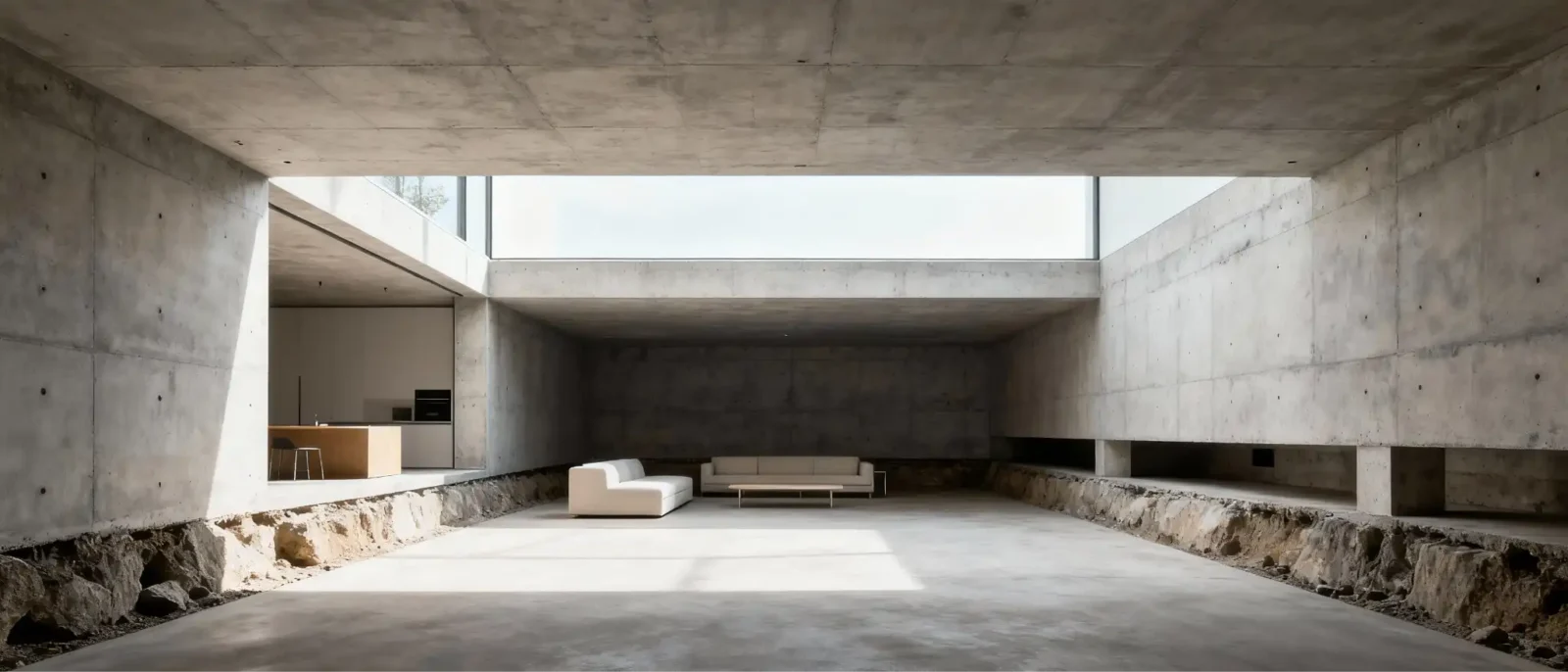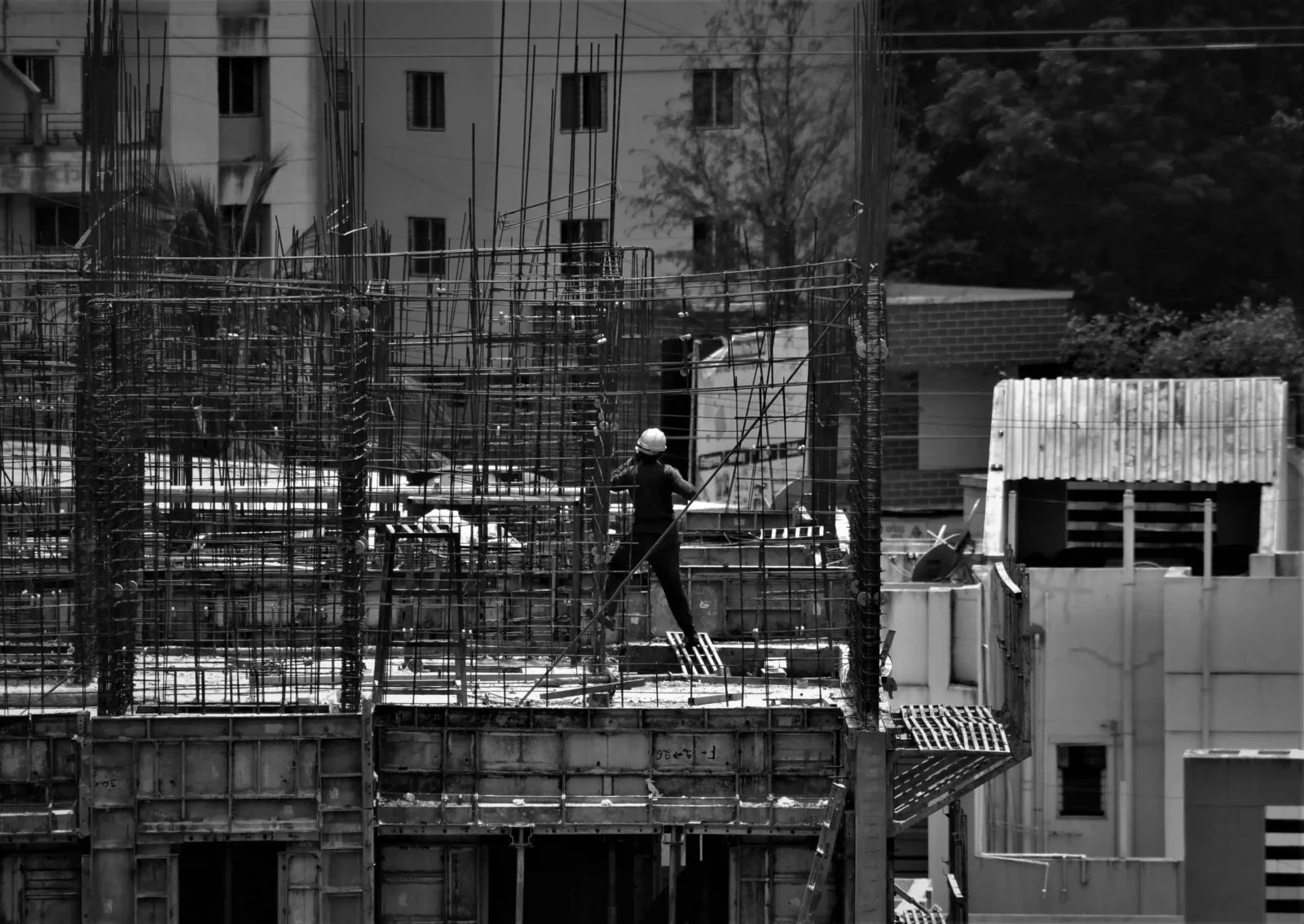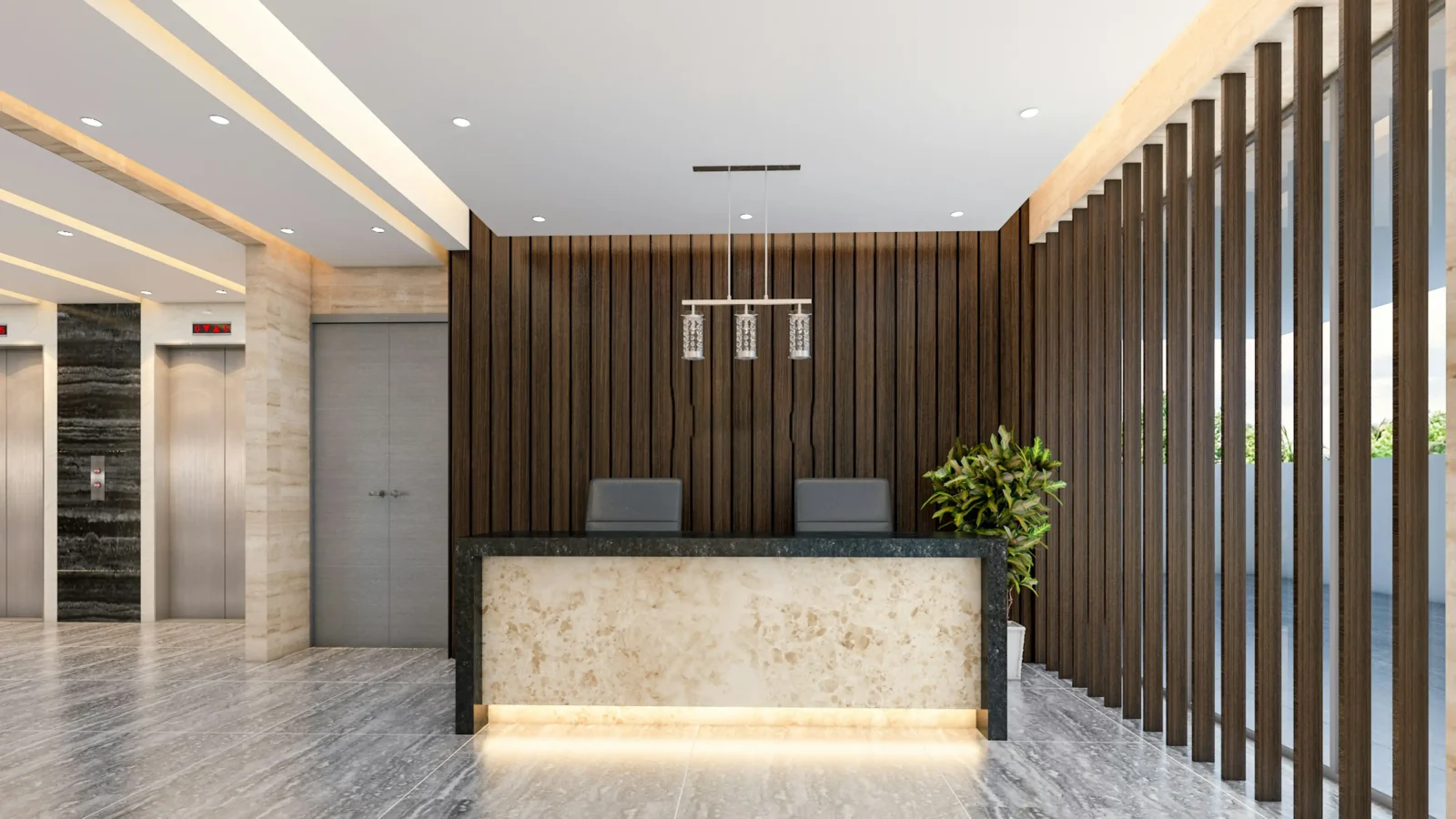- Home
- Articles
- Architectural Portfolio
- Architectral Presentation
- Inspirational Stories
- Architecture News
- Visualization
- BIM Industry
- Facade Design
- Parametric Design
- Career
- Landscape Architecture
- Construction
- Artificial Intelligence
- Sketching
- Design Softwares
- Diagrams
- Writing
- Architectural Tips
- Sustainability
- Courses
- Concept
- Technology
- History & Heritage
- Future of Architecture
- Guides & How-To
- Projects
- Interior Design
- Competitions
- Jobs
- Store
- Tools
- More
- Home
- Articles
- Architectural Portfolio
- Architectral Presentation
- Inspirational Stories
- Architecture News
- Visualization
- BIM Industry
- Facade Design
- Parametric Design
- Career
- Landscape Architecture
- Construction
- Artificial Intelligence
- Sketching
- Design Softwares
- Diagrams
- Writing
- Architectural Tips
- Sustainability
- Courses
- Concept
- Technology
- History & Heritage
- Future of Architecture
- Guides & How-To
- Projects
- Interior Design
- Competitions
- Jobs
- Store
- Tools
- More
10 Signs Your Home Needs Residential Water Damage Restoration (And What to Do in the Meantime)

When it comes to protecting your home, water damage is one of the most insidious threats you can face. A burst pipe, a leaky roof, or even an unnoticed appliance malfunction can lead to serious consequences.
Acting quickly can make all the difference, but identifying the signs of trouble isn’t always straightforward. In this guide, we’ll explore 10 key indicators that your home might need residential water damage restoration services. Plus, we’ll provide actionable tips to help you delay further damage until the professionals arrive.
Table of Contents
TogglePersistent Damp Odor
A lingering musty smell in your home is often one of the first indicators of water damage. This odor typically stems from mold or mildew growth, which thrives in moist environments. To minimize the impact, increase ventilation by opening windows and running fans. Using a dehumidifier can help reduce moisture levels temporarily, but for a lasting solution, it’s best to arrange professional mould removal to fully address the source of the problem.
Visible Mold Growth
Mold is not only unsightly but also a major health hazard. It usually appears as black, green, or white spots on walls, ceilings, or furniture. Mold growth indicates prolonged moisture exposure and requires immediate attention from a trusted 24-7 Restoration company. While waiting for residential water damage restoration experts, scrub affected areas with a solution of water and vinegar to limit the spread temporarily.
Discolored Walls or Ceilings
Yellowish stains, watermarks, or streaks on your walls and ceilings are telltale signs of water damage. These blemishes can result from leaking pipes, roof leaks, or condensation buildup. To mitigate damage, place tarps or buckets beneath any active leaks and shut off the water supply.
Warped Flooring
If your hardwood floors begin to buckle, laminate starts to bubble, or carpets feel damp to the touch, water damage may be the culprit. Warped flooring can compromise the structural integrity of your home. To manage the situation temporarily, remove any standing water and avoid walking on affected areas to reduce stress on the flooring.

Peeling Paint or Wallpaper
When moisture becomes trapped behind your walls, it can cause paint to blister or wallpaper to peel away. This is often an early indicator of hidden leaks. To delay further issues, gently remove loose materials and ensure the area remains dry.
Applying temporary adhesive tape can keep peeling sections secure.
Unexplained Increase in Utility Bills
A sudden spike in your water bill could indicate an undetected leak. Small drips from pipes, fixtures, or appliances can quickly escalate into significant problems. While waiting for professional help, shut off water to unused areas and monitor your meter to pinpoint leaks.
Sagging or Bowing Ceilings
A ceiling that appears to sag or bow is a red flag for water accumulation above. This could stem from roof leaks or burst pipes in upper levels. Use a broomstick to gently poke the area; if water drips out, carefully drain it to relieve pressure.
Place a bucket underneath and contact restoration services immediately.
Cracks in Foundation or Walls
Water can weaken your home’s foundation over time, causing cracks to appear in walls, floors, or the foundation itself. These fissures can let in even more moisture, exacerbating the problem. Seal minor cracks with waterproof caulk as a temporary measure while awaiting assistance.
Rusty Fixtures or Metal Surfaces
Rust around plumbing fixtures, door hinges, or appliances indicates prolonged exposure to water. Over time, this can lead to corrosion and structural weakening. To manage this issue, dry affected areas thoroughly and apply rust-resistant sprays or primers to slow deterioration.
Standing Water or Puddles
The most obvious sign of water damage is standing water or unexplained puddles inside your home. This could result from a severe leak, flooding, or appliance malfunction. Mop up as much water as possible and use fans or a wet-dry vacuum to prevent further saturation.
How to Delay Damage Until Help Arrives
While residential water damage restoration services are essential for long-term repairs, there are steps you can take to minimize the impact of water damage in the interim:
- Turn Off the Source: Locate and shut off the water supply to stop active leaks.
- Protect Valuables: Move furniture, electronics, and important documents to a dry area.
- Document the Damage: Take photos and videos for insurance purposes.
- Ventilate the Space: Open windows and run fans to reduce moisture.
By taking these measures, you can protect your home from worsening damage while waiting for professionals to step in.
Conclusion
Water damage is a homeowner’s nightmare, but recognizing the signs early can save you time, money, and stress. From mold growth to sagging ceilings, these indicators point to the need for immediate action. By addressing the symptoms and implementing temporary fixes, you can delay further deterioration until residential water damage restoration services arrive to resolve the issue. Proactive steps can make all the difference in preserving the integrity of your home.
illustrarch is your daily dose of architecture. Leading community designed for all lovers of illustration and #drawing.
Submit your architectural projects
Follow these steps for submission your project. Submission FormLatest Posts
The Vertical Revolution: How Basement Underpinning Creates Architectural Gold from Forgotten Spaces
Think about the last time you walked into a room with soaring...
Best Tools for Tracking Construction Labor Hours
Quick View of the Products Listed Best Overall: Workyard – Complete construction...
More Than a Gate: Designing a Secure and Stylish Home Entryway
A property’s entrance tells a story before a single guest steps inside....
Employer Liability and Smartphones: When Work Texts Cause Crashes
In today’s connected world, it’s nearly impossible to separate work from daily...












Leave a comment